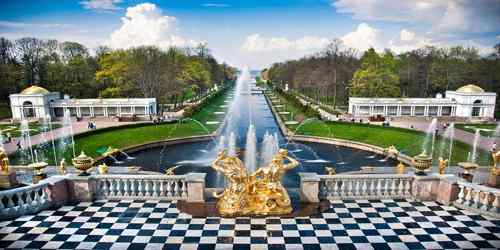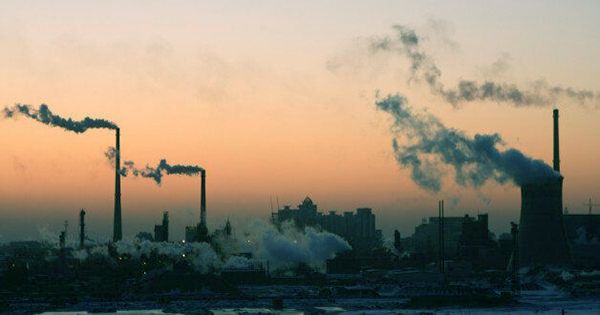Saint Petersburg (Russian: Санкт-Петербург, tr. Sankt-Peterburg, IPA: ˈsankt pʲɪtʲɪrˈburk), formerly (1914–24) Petrograd (Петроград) and (1924–91) Leningrad (Ленинград), city and port, extreme northwestern Russia. Built by Peter the Great, who was influenced by the elegance and grandeur of European cities, from scratch on the marshlands, Saint Petersburg served as the capital of the Russian Empire until 1917. While the capital was relocated to Moscow after the revolution, Russians still refer to St. Petersburg as “the cultural center of the country.”
St. Petersburg lies about 400 miles (640 km) northwest of Moscow and only about 7° south of the Arctic Circle. It is the second-largest city of Russia and one of the world’s major cities. With over 5.3 million inhabitants, it is the fourth-most populous city in Europe, the most populous city on the Baltic Sea, as well as the northernmost metropolis in Europe and the world.
Saint Petersburg developed into the vitrine capital of the Romanovs and the first large, modern city of Russia. The capital may have moved back to Moscow after the revolution, but St. Petersburg still feels every bit of the imperial city with its ancient heart still frozen in time, given all that history has thrown at it. For two centuries (1712–1918) it absolutely was the capital of the Russian Empire. Its historic district was designated a UNESCO World Heritage site in 1990.

The city’s architecture so majestic and luxurious, that it often turns out to be a supermarket that people (visitors/travelers) believe is a palace. St. Petersburg is a mecca of architectural, historical, and cultural attractions. The city founded by Tsar Peter the Great on 27th May (O.S. 16th May) 1703, as Russia’s “window on Europe”. The Saint Petersburg Historic Center and Similar Monument Groups are a UNESCO World Heritage Site, and it is sometimes referred to as the cultural center of Russia.
St. Petersburg spreads across 42 islands of the delta and across adjacent parts of the mainland floodplain. The area of Saint Petersburg city proper is 605.8 km2 (233.9 square miles). The city is often called the Venice of the North because of its many canals, over 300 bridges, Italianate mansions, and baroque and neoclassical styles of architecture noticeable in the city center. In July the average maximum temperature is 23 ° C (73 ° F), and in February the average minimum temperature is -8.5 ° C (16.7 ° F). The maximum air humidity is 78 percent and there are a maximum of 165 rainy days a year.
Saint Petersburg is an almost unrivaled treasure trove of art and culture. Visitors or travelers can spend days within the Hermitage, seeing everything from Egyptian mummies to Picassos, while the Russian Museum, contact four sumptuous palaces, is maybe the most effective collection of Russian art within the world. St. Petersburg has the second largest industry in Russia, including commercial, housing, and building.
There are several parks and gardens in Sankt Petersburg. Some of the best-known ones are in the southern suburbs, like Pavlovsk, one of the largest English gardens in Europe. Sosnovka is the largest park within the city limits, occupying 240 ha. In 2010 the Erarta Museum and Contemporary Art Galleries, Russia’s largest private contemporary art gallery, opened on the western edge of Vasilyevsky Island. On the islands, opposite side Novy Muzei (“New Museum”) is based on works from the second half of the 20th century.
Saint Petersburg is listed on the UNESCO World Heritage list as a city with 36 historic architectural complexes and some 4000 outstanding individual architectural, historical and cultural monuments. The most prominent of the communities around St. Petersburg is Peterhof, whose distinctive garden-park layout, extending through terraces overlooking the Finnish Sea, incorporates representative works of two centuries of Russian architectural and park architecture. The town (Saint Petersburg) has 221 museums, 2000 libraries, quite 80 theatres, 100 concert organizations, 45 galleries and exhibition halls, 62 cinemas, and around 80 other cultural establishments. The city hosts about 100 festivals each year and numerous art and culture competitions, including over 50 international ones. Many citizens living in a town built as a cultural center in St. Petersburg find themselves the most cultivated of Russians.
Information Sources:
















